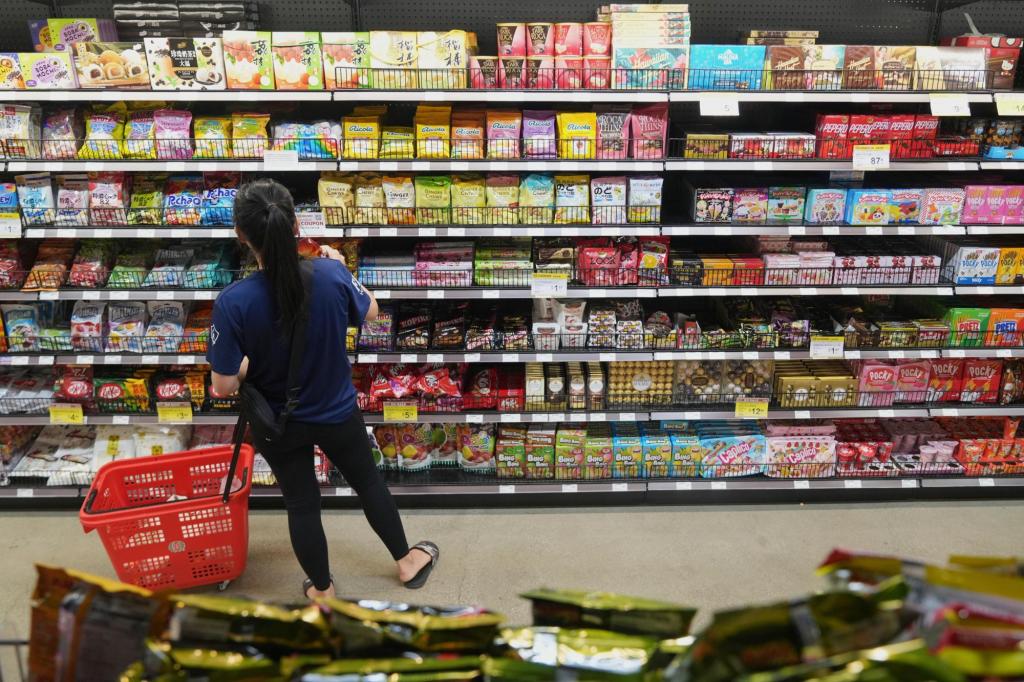
In the wake of the 2024 presidential election, Democrats have engaged in a period of self-evaluation with the hope of generating new ideas for how to move forward as a party. One of the key narratives shaping this debate is a concept introduced recently by the journalists Ezra Klein and Derek Thompson. It’s called abundance.
Abundance is a call to focus on building effective government programs and renewing liberalism through sound policy. It’s also an examination of what has gone wrong, especially in California. For a place punctuated by its abundance, California’s golden potential is too often reserved for only its wealthiest residents. The housing crisis and high-speed rail project are usually the face of this critique, but we shouldn’t forget California also has the highest grocery prices in the contiguous United States — despite being home to an agricultural industry that feeds people across the globe.
At the beginning of the current legislative session, California’s political leaders smartly shared their intention to tackle the state’s affordability crisis. This is a vital and timely policy goal. But how do we get there?
Appearing on Gov. Gavin Newsom’s podcast to discuss the ideas central to “Abundance,” Klein stated politicians need to become “means agnostic and ends obsessed.” Yet from many California city councils to some of its legislators, the grocery industry sees little intent to follow the abundance mentality. Instead, they’re reading from the same, tired playbook. And if the means here are recognizable, so is the result: the highest grocery prices in the country.
At the helm of the California Grocers Association, I am constantly exposed to the barrage of regulations and prospective new laws that threaten to overwhelm grocers’ abilities to anchor communities. My organization represents the entire grocery industry — from independent, single-store operators to large chains, and everything in between. As grocers — especially ethnic stores — work to navigate a global trade war, tariffs, and snarled supply chains, they’re also forced to contend with measures nitpicking nearly every aspect of their businesses.
A quick survey of our current priority list will help paint the picture for you. In San Diego, there was an effort to ban digital-only coupons. In Long Beach, there is conversation about limiting the ability of grocers to offer self-checkout. In Oakland and Richmond, elected officials want to control product placement in stores. In San Jose, leaders want to fine grocers when shopping carts are stolen from their premises.
The picture is equally discouraging at the state level, where legislators are taking aim at self-checkout and dubbing personalized, smart marketing “surveillance” pricing, just to name a few of the bills we are tracking. Reading through this list, you probably feel glad your grocery tenure was limited to merely bagging groceries for shoppers as a summer job. I don’t blame you.
Let’s be clear: California political leaders say they want to help lower grocery prices for shoppers, but their actions tell us the opposite. Even though some of these concepts are well-intentioned, they demonstrate how the state’s political leaders can’t seem to find new means to achieve the end goal of driving down costs. These are the types of policies that created scarcity and high prices to begin with — not abundance.
The first question I always field from elected officials is how they can get more grocery stores in their neighborhoods. CGA is committed to expanding food access and affordability for all Californians. For example, in 2024 the Association sponsored a bill to incentivize grocers to open stores in food deserts. This bill was ultimately vetoed. CGA is also working closely with legislators seeking ways to protect benefits like SNAP from federal cuts and to ban credit card swipe fees on sales taxes that increase prices for shoppers.
For California grocers every cent counts. This is no less true for our shoppers. With profit margins averaging 1.6%, each time an elected official increases operational costs you can draw a straight line to higher grocery prices on store shelves. This explains why the state has the highest grocery costs in the United States, outside of Hawaii and Alaska for obvious reasons.
California’s political leaders have shared their intent to tackle affordability. It’s time to get serious about this end game and to consider new ways of accomplishing it. We need a timeout, a pause on regulations that make groceries more expensive in California.
Ronald Fong is president and CEO of the California Grocers Association.



